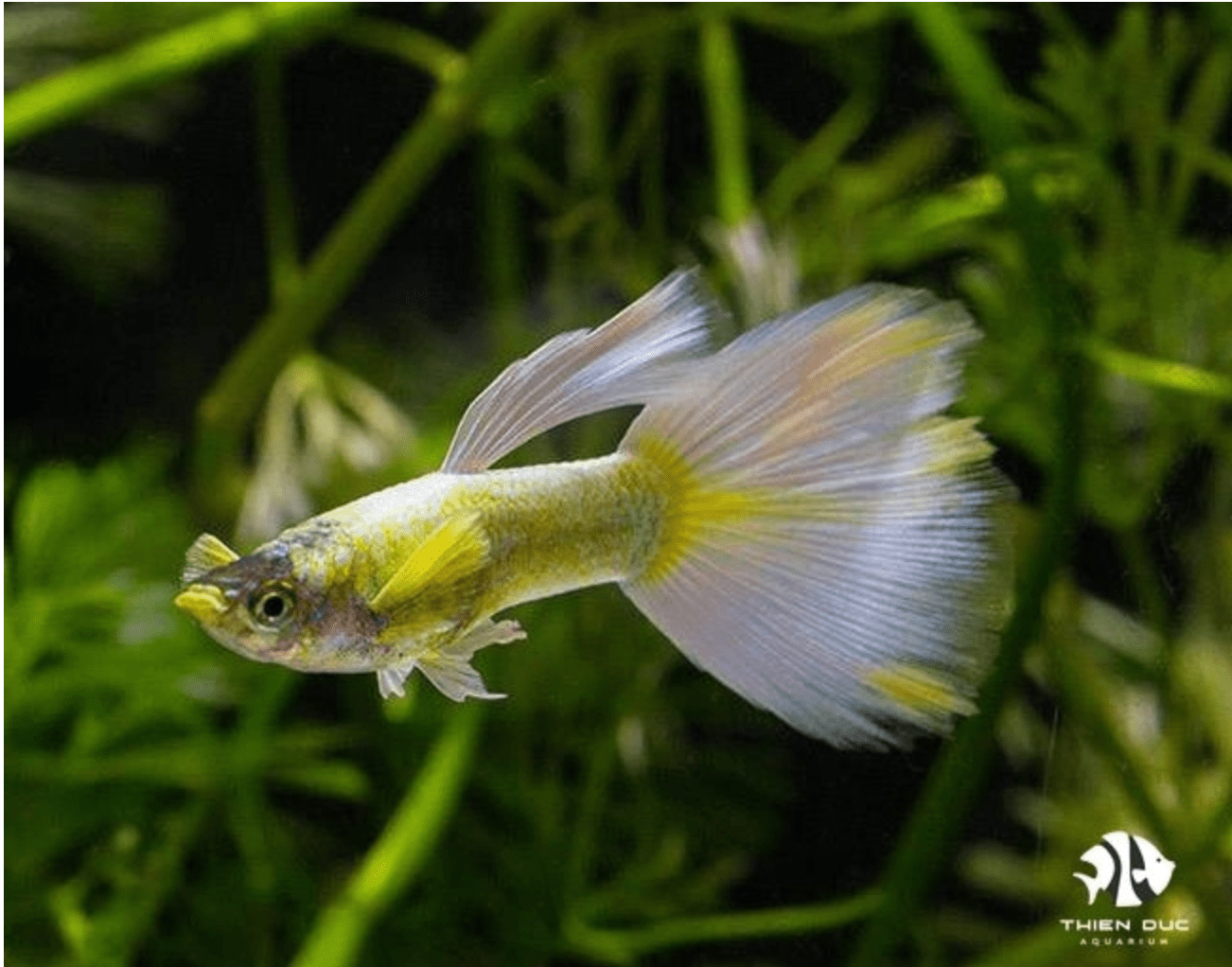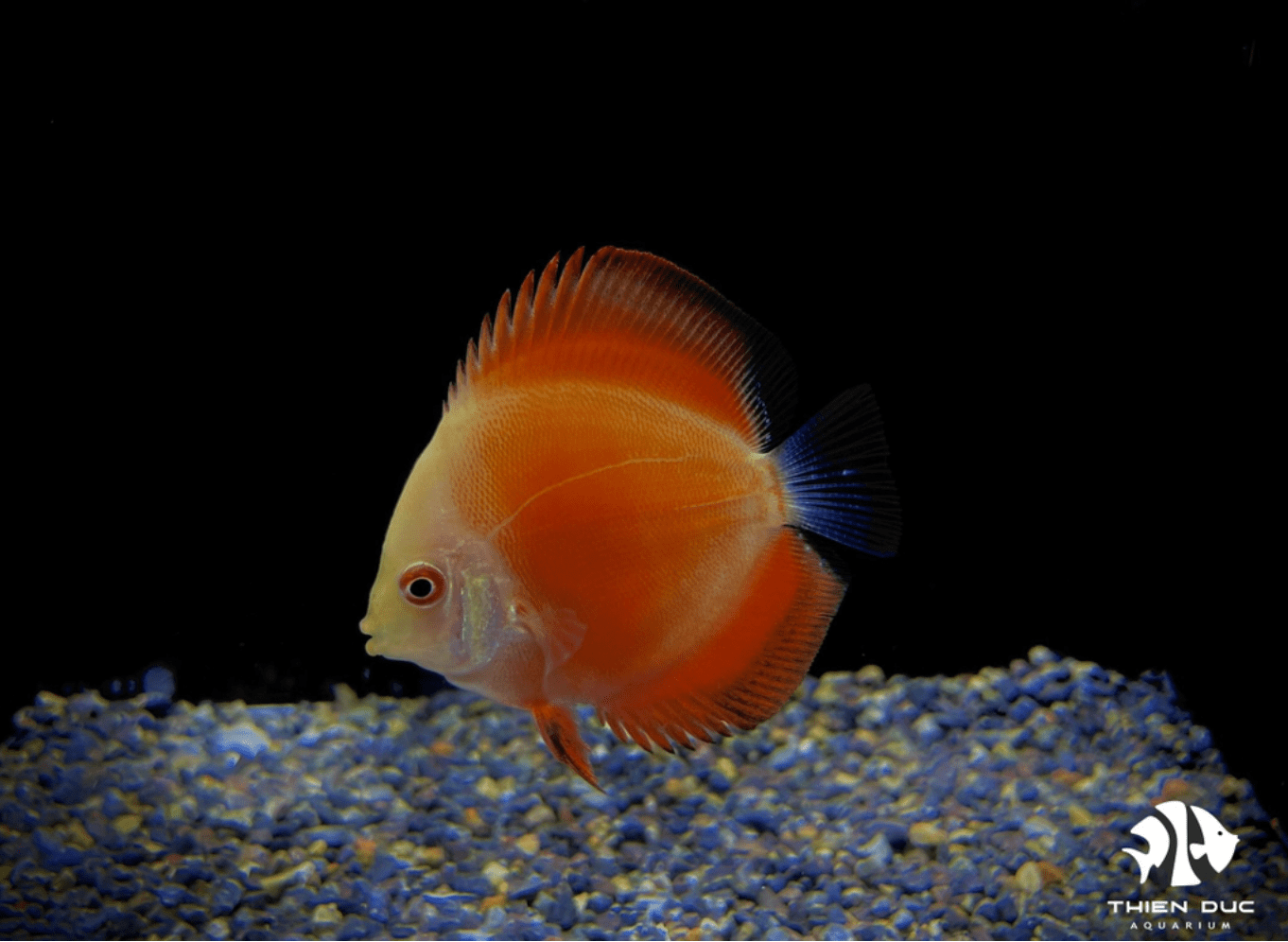Vietnamese Aquaculture Standards: Meeting International Demand
As global consumers increasingly prioritize food transparency, the spotlight turns to major seafood exporters like Vietnam. The journey of its world-famous shrimp and pangasius is no longer just about quantity, but about provable quality and sustainability. This global shift has propelled Vietnamese aquaculture standards to the forefront of the industry's success. At ThienDuc Aquarium, we see how these rigorous guidelines are the crucial link of trust connecting local farms to international dinner tables, ensuring confidence with every purchase.
The Foundation: National Aquaculture Standards in Vietnam
The credibility of Vietnam's aquaculture exports is built upon a solid domestic foundation. Before products can even be considered for the global market, they must adhere to a comprehensive set of national regulations designed to ensure safety, quality, and environmental responsibility. This internal framework is the first and most critical step in building a resilient and reputable export industry. The commitment to these internal benchmarks shows a deep understanding that global trust begins with local excellence, and these core Vietnamese aquaculture standards are the bedrock of that trust.

Understanding VietGAP: Vietnam's Good Agricultural Practices
At the heart of the national framework is VietGAP, which stands for Vietnamese Good Agricultural Practices. This is not merely a suggestion but a codified set of production standards that producers must follow. VietGAP is a cornerstone of the Vietnamese aquaculture standards, meticulously designed to govern every stage of the farming process. Its primary objectives are multifaceted, focusing on food safety, environmental protection, social welfare for workers, and traceability.
Key requirements under the VietGAP certification include:
-
Farm and Water Management: Farms must be located in approved zones, with strict protocols for managing water intake and discharge to prevent contamination and protect surrounding ecosystems.
-
Regulated Use of Inputs: The use of feed, veterinary medicines, and other chemicals is tightly controlled. This minimizes the risk of harmful residues in the final product and reduces the environmental impact of farming operations.
-
Disease Prevention and Biosecurity: There is a strong emphasis on proactive disease prevention rather than reactive treatment, promoting healthier aquatic stocks and reducing the need for antibiotics.
-
Waste Management: Farms are required to implement effective systems for treating wastewater and managing solid waste, ensuring that the environmental footprint of the operation is minimized.
By adhering to VietGAP, Vietnamese producers create a product that is consistently safe and high-quality, forming a reliable baseline for the entire industry.
The Role of Government in Upholding Vietnamese Aquaculture Standards
The successful implementation of these standards is not left to chance. The Vietnamese government, particularly the Ministry of Agriculture and Rural Development (MARD), plays a pivotal role in creating, enforcing, and continually updating the nation's aquaculture regulations. This government body provides the legal framework, conducts regular audits, and offers training to help farmers comply with the necessary protocols.
 This active governance reinforces the credibility of Vietnamese aquaculture standards on the global stage. International buyers see a system that is not only well-designed but also robustly enforced. The government's commitment to adapting these standards to new scientific findings and evolving market demands ensures that the regulations remain relevant and effective. The consistent implementation of these Vietnamese aquaculture standards is a testament to the nation's dedication to quality.
This active governance reinforces the credibility of Vietnamese aquaculture standards on the global stage. International buyers see a system that is not only well-designed but also robustly enforced. The government's commitment to adapting these standards to new scientific findings and evolving market demands ensures that the regulations remain relevant and effective. The consistent implementation of these Vietnamese aquaculture standards is a testament to the nation's dedication to quality.
Meeting Global Expectations: Aligning with International Aquaculture Certifications
While domestic regulations are robust, meeting global expectations requires aligning Vietnamese aquaculture standards with internationally recognized certifications. The most discerning markets in the European Union, the United States, and Japan demand adherence to third-party standards that provide an extra layer of assurance regarding sustainability and ethical practices. This alignment is key to unlocking access to premium markets and building a global brand reputation for excellence.
The Importance of ASC and GlobalG.A.P. for Aquaculture Export Standards
For many Vietnamese exporters, achieving certifications like the Aquaculture Stewardship Council (ASC) and GlobalG.A.P. is a primary goal. These are considered the gold standard in the industry, and their labels signal to consumers that the product was farmed with the utmost care for the environment and society.
These certifications signify:
-
A Commitment to Sustainability: Both ASC and GlobalG.A.P. have stringent criteria related to environmental impact, including water quality, biodiversity preservation, and responsible feed sourcing.
-
Social Responsibility: Certified farms must ensure fair labor conditions, safe working environments, and positive community relations.
-
Enhanced Food Safety: They often include additional food safety and quality checks that go beyond national requirements.
Many Vietnamese producers voluntarily adopt these global frameworks, demonstrating that their operations not only meet but often exceed the baseline Vietnamese aquaculture standards. Achieving certifications like ASC is a clear signal that the farm's practices are in line with the most demanding global expectations.
Traceability in Seafood: A Non-Negotiable for Modern Markets
In today's market, consumers and importers want to know the complete story of their food. Traceability—the ability to track a product from its origin farm to the final consumer—has become a non-negotiable requirement. Modern Vietnamese aquaculture standards have traceability built into their very core, enabling a transparent supply chain.
This robust traceability provides several key benefits:
-
Rapid Response: In the rare event of a food safety issue, products can be quickly traced back to their source and recalled, protecting public health.
-
Consumer Confidence: It allows consumers to verify the origin, farming methods, and sustainability claims of the seafood they purchase.
-
Combating Illegality: Strong traceability systems help prevent products from illegal, unreported, and unregulated (IUU) sources from entering the supply chain.
This level of transparency is a key component of the current Vietnamese aquaculture standards framework, building an unbreakable chain of trust with global partners.

Challenges and Future Outlook for Sustainable Aquaculture in Vietnam
The path to certification and compliance is not without its challenges. The costs associated with audits, infrastructure upgrades, and training can be significant for smaller-scale farmers. Furthermore, the growing impacts of climate change, such as saltwater intrusion and extreme weather events, pose ongoing risks to the industry.
Despite these hurdles, the industry's investment in upholding and advancing Vietnamese aquaculture standards paints a promising picture. The focus is increasingly on technology and innovation—such as developing more efficient feed, improving water recirculation systems, and using data to manage farms more effectively. The future of the sector relies on the continuous evolution of these Vietnamese aquaculture standards to meet the challenges of tomorrow.
Conclusion
In conclusion, the framework of Vietnamese aquaculture standards is a sophisticated and multi-layered system designed to build trust from the farm up. It combines a strong, government-mandated national foundation in VietGAP with a strategic alignment to the world's leading third-party certifications like ASC and GlobalG.A.P. This dual approach ensures that products are not only safe and high-quality but also sustainably and ethically produced. This unwavering commitment to improving Vietnamese aquaculture standards ensures the country will remain a trusted and leading partner in the global seafood supply chain for years to come.
Contact Information:
For the finest selection of freshwater ornamental fish to bring your biotope vision to life, contact the experts at ThienDuc Aquarium
-
Address: 57 Le Thi Sieng, Tan Thong Hoi, Cu Chi, Ho Chi Minh City, Viet Nam
-
Mobile: +84903912501
-
Office: +84982577871
-
Email: thien@thienducaquarium.com










